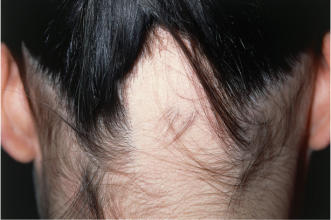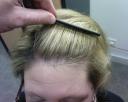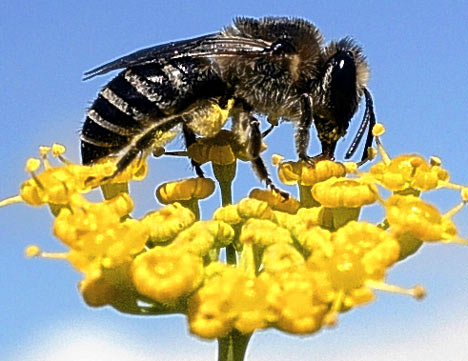Pollution sends men bald
06.05.2008 in UncategorizedMen living in polluted areas are more likely to go bald than those breathing cleaner air, a new study suggests.
The ground breaking research, by academics at the University of London, has linked the onset of male pattern baldness, to environmental factors, such as air pollution and smoking.
The scientists believe toxins and carcinogens found in polluted air can stop hair growing by blocking mechanisms that produce the protein from which hair is made. Baldness is known to be hereditary, but the new research suggests that environmental factors could exacerbate hair loss.
It raises the hope that scientists may be able to develop treatments for balding men, with topical creams that are able to combat the effects of pollution on hair follicles.
Mike Philpott, from the school of medicine at Queen Mary University of London, said: “We think any pollutant that can get into the bloodstream or into the skin and into the hair follicle could cause some stress to it and impair the ability of the hair to make a fibre.
“There are a whole host of carcinogens and toxins in the environment that could trigger this. It suggests that if you stop smoking or live in an area with less air pollution, you may be less predisposed to hair loss.”
The study, recently published in the Journal of Investigative Dermatology, involved removing hair follicles from balding men and then studying the samples in laboratories.
The team noted disruption in the process of hair growth, caused by oxidative stress, which destroys cells and is made worse by the effects of smoking and air pollution.
Prof Philpott added: “There is an inherited basis to hair loss, but we are have now identified environmental factors that are important too.”
The team plan to conduct further tests to pinpoint precise sources which may cause baldness, including trying to grow hair in different environments that are rich in nicotine and other pollutants found in air.
Nilofer Farjo, a hair transplant doctor involved in the research, added: “This may lead to new methods of treating genetic hair loss. The research suggests that environmental factors like smoking and air pollution contribute to hair loss because they introduce elements that are harmful to the normal mechanisms by which the cells work.
“There’s undoubtedly genetics involved as well, but now we know there are environmental factors too. If you live in a place with cleaner air, you might be at less risk.”
According to the British Association of Dermatologists, hereditary hair loss, or androgenetic alopecia, is responsible for 95 per cent of hair loss and is seen in men and women.
In men, where is it is also known as male pattern baldness, it involves the progressive thinning of hair along the hair line. In women, it causes the hair to thin on the crown of the head and tends to be less noticeable.
Hair loss can begin as early as the teens, and by the age of 35, almost 40 percent of men and women show some degree of hair loss.
The human head comes equipped with 100,000 tiny hair follicles, from each of which grow a single hair.
Do you have Hair Loss Problems, read our Hair Loss Help














